Contents [hide]
On November 25th we celebrate the martyrdom of Saint Catherine of Alexandria, a young woman born and raised in Egypt and famous both for her many qualities shown during her life and the sanctity of her death.
Catherine, born in Alexandria of Egypt from a noble and respected family, stood out since she was young not only because of her beauty and grace, but also for her acuity, her intelligence, her culture, and her excellence in philosophy and liberal arts. This brought her many admirers and suitors, which the young girl always refused, because she claimed she saw the Virgin Mary and her Baby in a dream, and that Jesus himself put a ring on her finger, celebrating a mystic marriage to her. A Medieval legend celebrates this episode, represented by many excellent artists such as Correggio and Parmigianino.

Saint Catherine and her courage
Around 305 a.C, Egypt was under the control of the Emperor Maxentius, fierce prosecutor of Christians. Saint Catherine was 18 at that time, and the fame of her many virtues reached the Emperor’s ears that summoned her at his palace.
Catherine ignored the invitation. She didn’t want to be part of pagan rituals and of cruel sacrifices for gods that were going on among those walls. In fact Catherine, after his father’s death, converted to Christianity.
While the emperor persisted in inviting her, she wasn’t afarid to face him with great determination, telling him words full of courage and fervour: “Why do you want to lose this crowd with the cult of gods? Learn to know God, creator of the world, and his son Jesus Christ, that set humanity free from hell with his cross”.
The emperor, charmed by her beauty and her extraordinary bravery, insisted on having her at his court, and to prove his eloquence, he forced her to face the most famous orators and philosophers of Egypt. The outcome of that debate was unexpected to say the least: Catherine not only faced all the clever statements of her opponents, but was also so convincing with her argumentations that she converted all of them to Christianity.
Furious, the emperor sentenced all the sages to death. The display of intellectual intelligence fueled his interest for Catherine even more. He tried to flatter her promising rich weddings, a prestigious role, as long as she denied her religion and bended to him. He even tried to seduce her to take her to himself, but every try crushed against the girl’s pureness and pride.
Saint Catherine and her martyrdom
The emperor became then very angry, and imprisoned Catherine for twelve days with no food nor water, confident that the strictness of prison, hunger and struggles would wear her strenght out and he would triumph where flatteries and promises had failed. Once again, his tries were ineffective: Catherine, while in prison, was visited by a dove, or in other versions an angel, that fed her, and by Jesus, who comforted her.
On the contrary, when the Empress herself went visit her joined by the captain of the imperial guards and two hundred soldiers, she found her healthy and cool as a cucumber, so much that both her and her whole army instantly converted to Christianity.
The emperor took out his anger and his thirst for blood on his betrayer spouse and on those who followed her, before he went back to contrive new torments for Catherine. He condemned her to death on a spiked breaking wheel, but an angel appeared and broke the torture instrument with a sword. The wheel fragments killed many of the present soldiers.
Still not resigned to his clear defeat, the emperor ordered that Catherine was beheaded. Before the sentence was executed, Catherine turned to God pleading for keeping her body whole, that they would not tear it into pieces, and be buried, and that everyone who prayed in her name would be graced.
When the sword went down on the girl’s thin neck, milk started to spill from the wound, and that umpteenth prodigy, symbol for the young girl pureness, convinced the morst skeptical ones to convert. Even after her body was carried to Mount Sinai, according to the legend by a group of angels, milk and oil kept spilling from her tomb, which had thaumaturgical powers.
Later, around the middle of the XI century, Catherine relics were collcted by the monk Symeon and taken to Rouen, in the Benedictine abbey of the Holy Trinity (La-Trinité-au-Mont), which became a place of the main places of cult dedicated to the saint, and where many miracolous healing happened.

Saint Catherine: patroness of theologians, philosophers and lawyers
Even though the news concerning her historical identity are few and unsure, some taken from a Greek Passio dated to the VI-VII century that told about her life and death, and from a Conversio dated to the VIII century and from the Golden Legend of the XIII century, Saint Catherine is one of the most respected and idolized Saints by all Christian churches.
Probably her literary figure hides the identity of a woman that actually existed, whose story ended up mixing completely with the myth and the hagiographic legend that grew around her. Especially duirng the Medieval Age, her cult became one of the most popular in all Europe, and many legends and new episodes were added to her story, making it more and more difficult to tell the myth from the truth, but contributing to the diffusion of her name and her consecration as Saint, immensely beloved by everyone.
Many abbeys and churches were dedicated to her in every country, and on November 25th there are celebrations in honor of Saint Catherine.
Sanit Catherine of Alexandira was highly considered even in intellectual milieus, in universities, and in general, in places dedicated to studies. She is in fact considered the protector of theologists, philosophists, law students, and students in general. She is also the protector of the Sorbonne University and of many other academies.
November 25th, the day of her celebration, was also considered the day of Studies, and in this occasion students and professors publicly confronted each other to show off their knowledge.
But Catherine is also the protector of young people all over the world, of unmarried women, of sailors, of wheel constructors, of ceramists (that use the wheel to create their woks) and of hatmakers, called ‘catherinettes’ from her name.
In addition, Saint Catherine is also the protector of the Military Order of Malta.
Many paintings and statues are dedicated to her all over the world, representing her with her most typical features: the torture wheel or the sword she was killed with in the end, and a book in her hands. Catherine is represented in regal robes and a crown on her head to emphasise her aristocratic origins, maybe even royal.
The book represents her intellectual skills and her being protector of knowledge and study. Sometimes we can see the writing Ego me Christo sponsam tradidi on the book, that means “I gave myself as wife to Christ”. In some paintings she holds the palm of martyrdom.

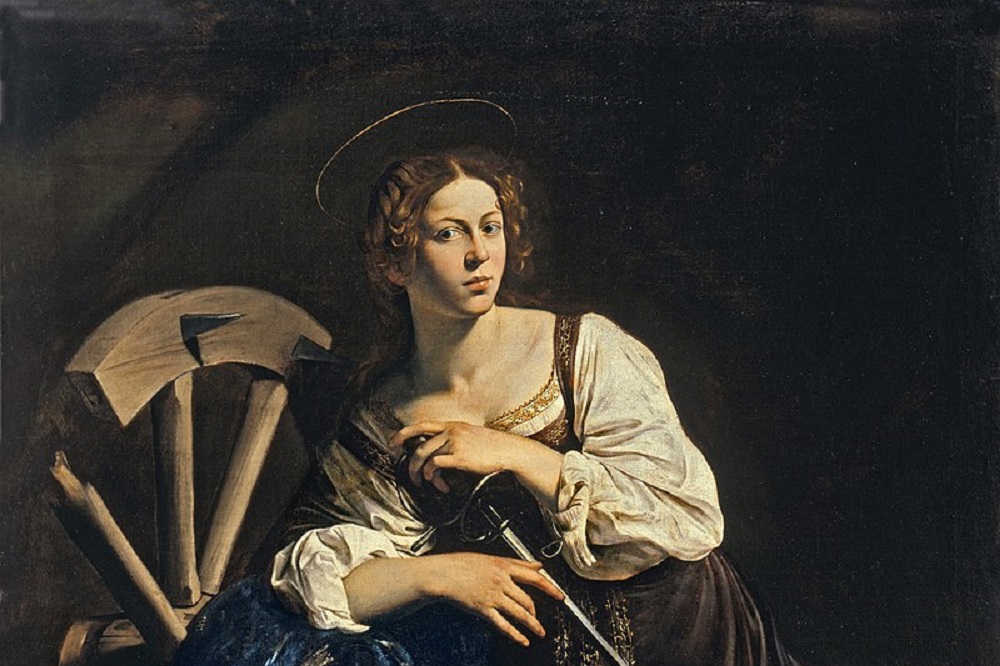
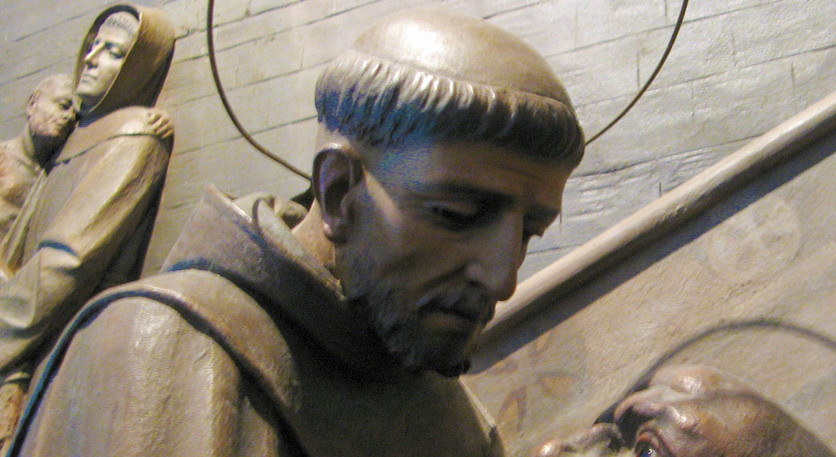
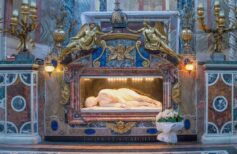
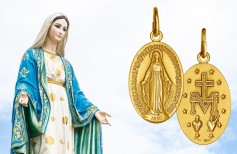

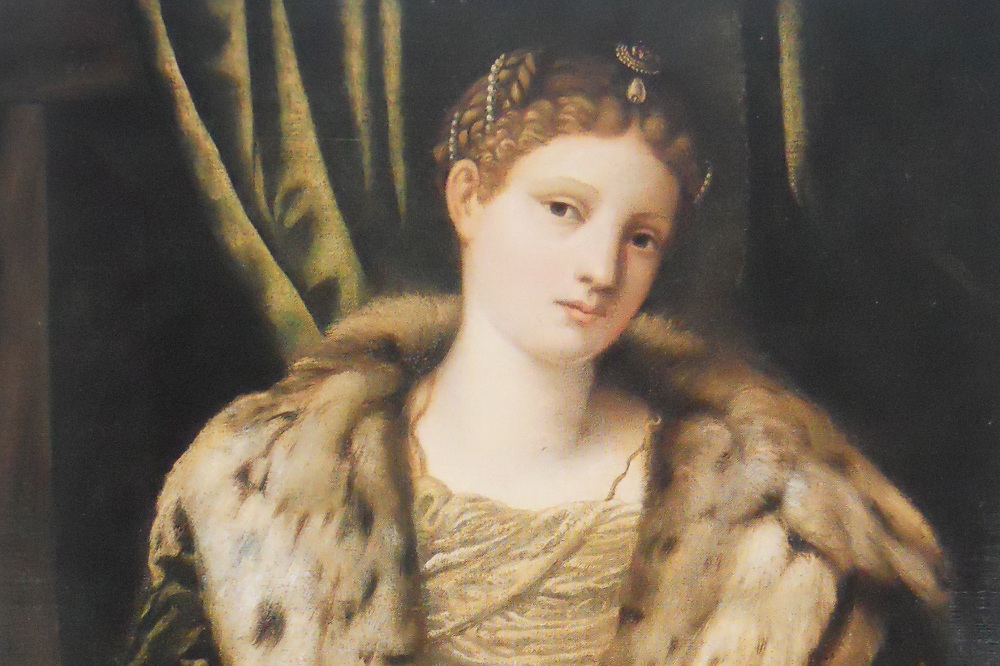
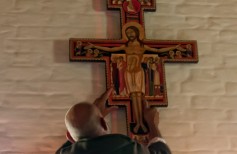
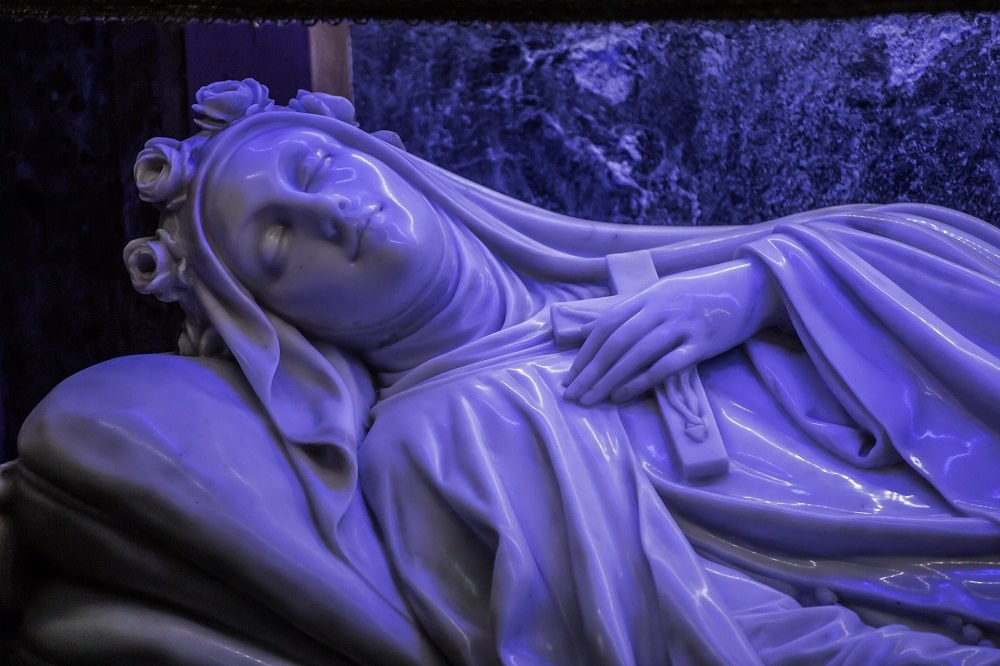
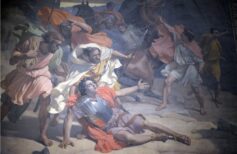
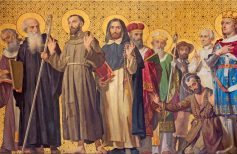








 19 March 2025
19 March 2025






